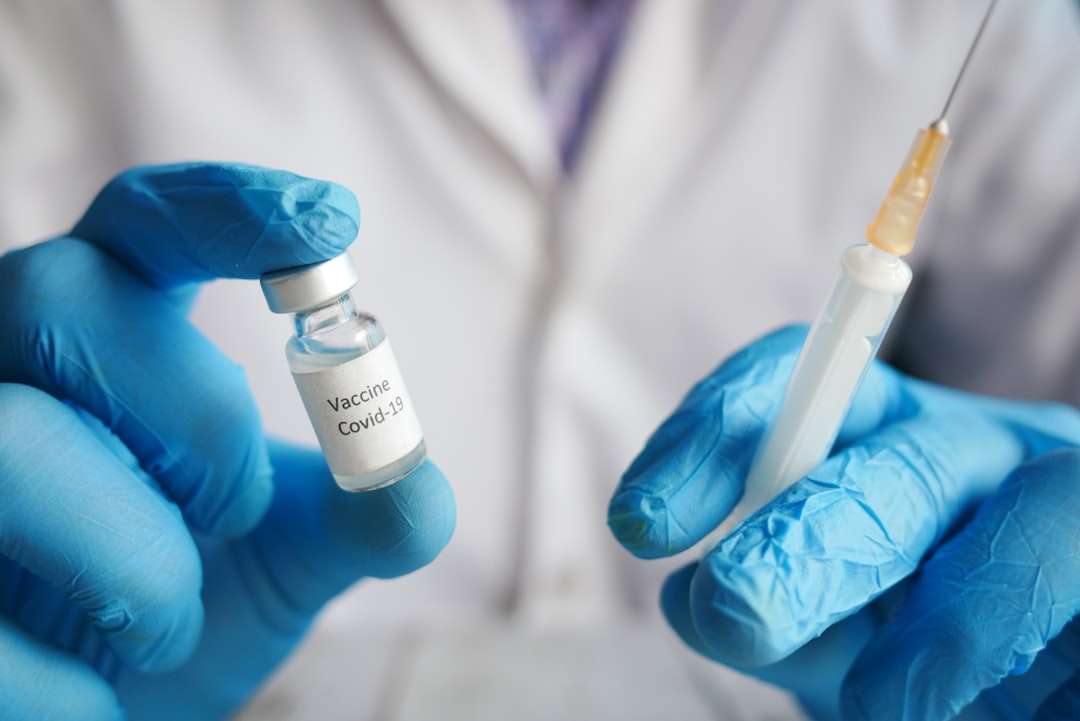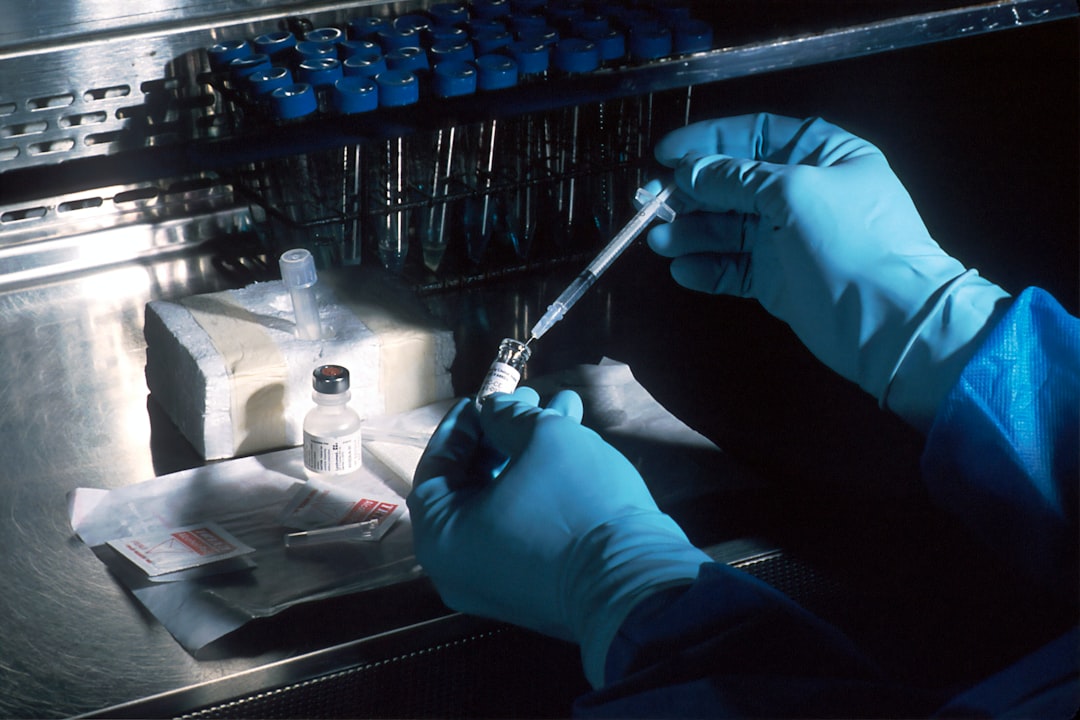What is it about?
Hematopoietic stem cells (HSCs) reside in specific niches that provide various instructive cues that regulate HSC self-renewal and their development into all mature cells of the peripheral blood. Progress in this research field has largely been guided by mouse studies. However, parallel studies with human subjects, tissues, and cells, in combination with xenotransplantation experiments in immunodeficient mice, have contributed to our increased understanding of the human HSC niche. Here, we summarize our current knowledge of the various specialized subsets of both stromal and hematopoietic cells that support HSCs through cell-cell interactions and secreted factors, and the many parallels between the murine and human HSC niches.
Featured Image
Why is it important?
Although the HSC niche is extensively studied, much of the current literature either describes the HSC niche from a murine or human perspective and only few papers make a cross-comparison between the human and murine HSC niche. To have an overarching view on the HSC niche is crucial to fully understand the role of the HSC niche in humans and to improve the outcome of HSC transplantation and refining the treatment of hematopoietic diseases.
Perspectives
I hope that this review will help the HSC niche field forward and that HSC niche researchers will keep in mind the differences and similarities between the human and murine HSC niche when reporting and discussing their interesting new insights in this complex field of research. This will ensure that future studies in addition to improving our insight into the basal aspects of the HSC niche will speed up potential clinical translation of the findings.
Dr Koen Schepers
Universiteit Leiden
Read the Original
This page is a summary of: The human and murine hematopoietic stem cell niches: are they comparable?, Annals of the New York Academy of Sciences, December 2015, Wiley,
DOI: 10.1111/nyas.12994.
You can read the full text:
Contributors
The following have contributed to this page










